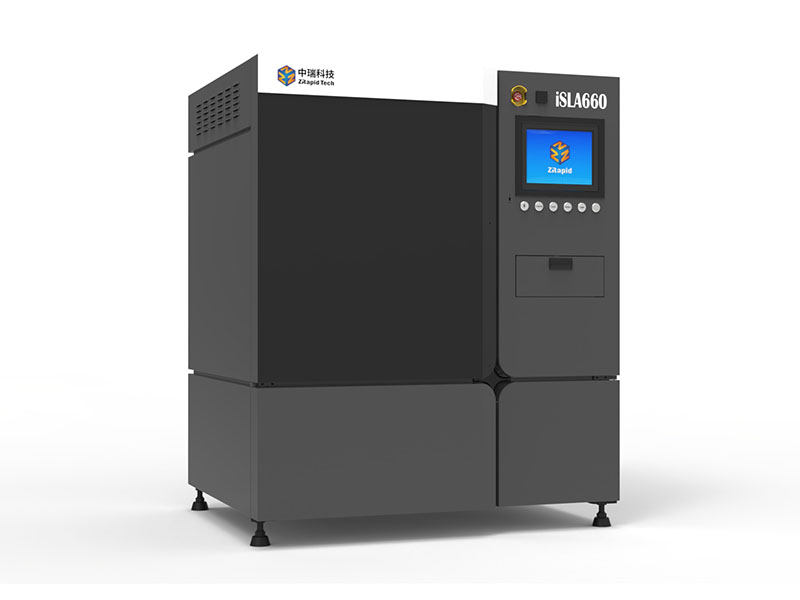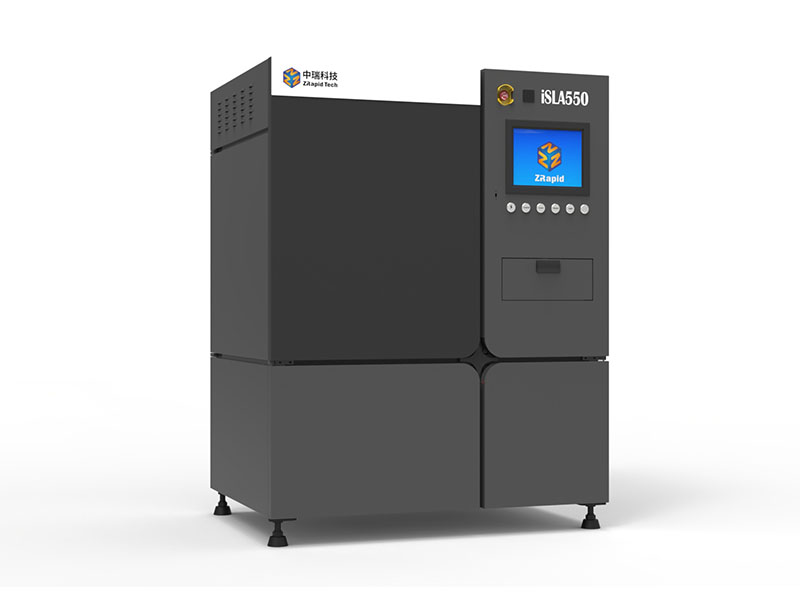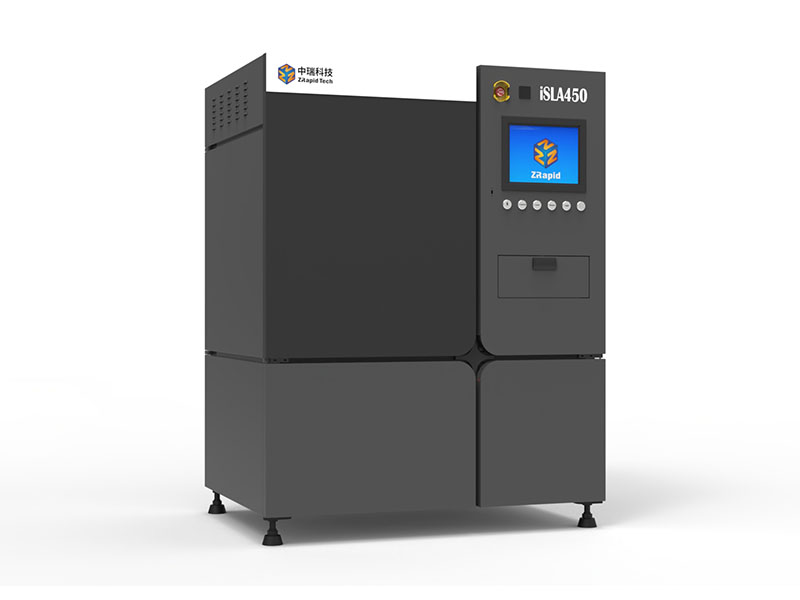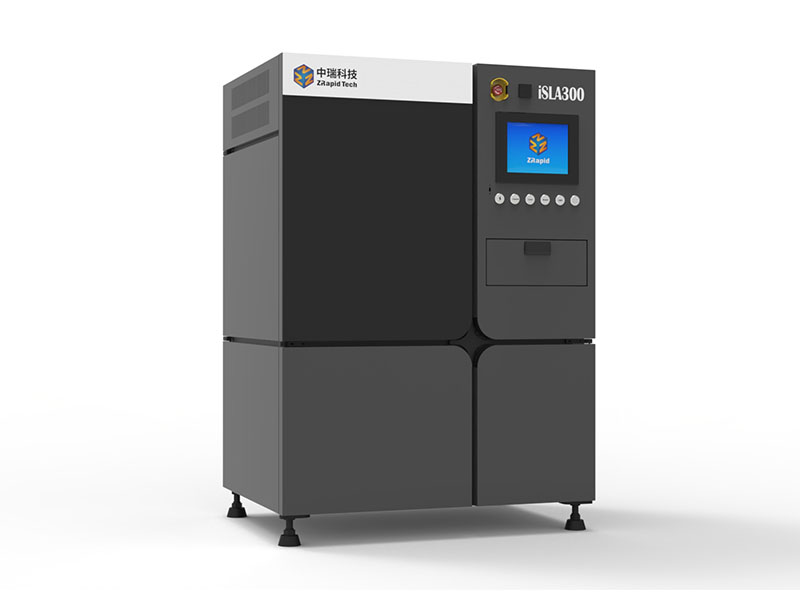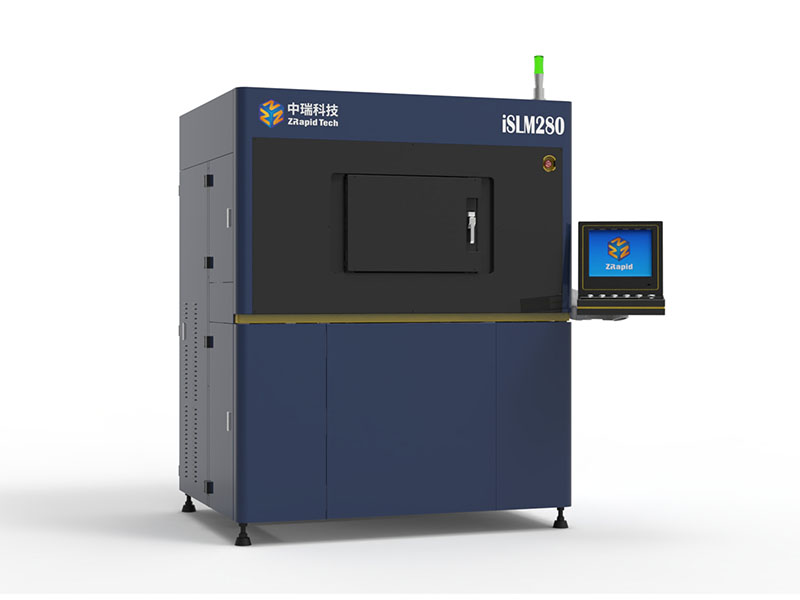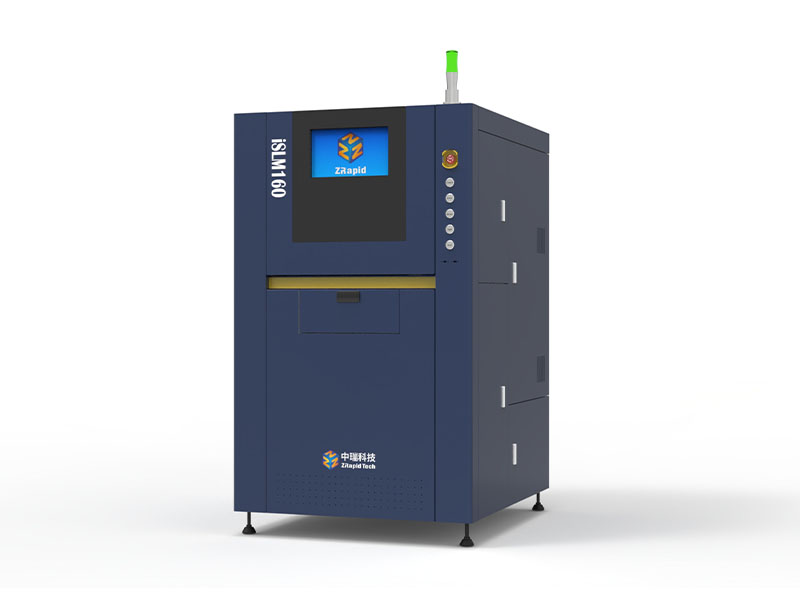After being diagnosed with Marfan syndrome, a disorder which affects the body's connective tissues, engineer Tal Golesworthy refused to undergo invasive and risky preemptive surgery. Instead, he recruited two doctors to 3D print a replica of his heart and make a special corrective device.

For over 30 years, British engineer Tal Golesworthy lived with Marfan syndrome, a life-threatening condition affecting his aorta. For most healthy people, the aorta stretches to accommodate blood flow before relaxing back to its previous size; for Golesworthy, doctors warned that his aorta would struggle to shrink back to size and would continue to enlarge over time—one day, they said, it might burst. In 2000, doctors told Golesworthy that the time had come to perform preemptive surgery.
Doctors told Golesworthy that the stretched section of his aorta would need replacing with an artificial graft, with metal valves possibly required. After the operation, Golesworthy would have to take blood-thinning drugs which could put him at a high risk of bleeding. Faced with this daunting proposition, Golesworthy simply declined, and went home to think about other solutions. The engineer, with no medical experience, decided that there must be a better way.

Incredibly, Golesworthy did in fact come up with a solution—by simply putting his engineering experience to use. The Gloucestershire resident thought about how his aorta was a lot like a garden hose, and how, when a hosepipe is bulging, you wrap insulation tape around the outside to prevent it from expanding further. By the same logic, Golesworthy wondered whether surgeons could not simply wrap something around his aorta to prevent it from expanding too much. The engineer convinced two London doctors that the idea was plausible, and five years later the team had developed a medical "sleeve" that would perform the job of constricting the damaged aorta.
After obtaining CT scans of Golesworthy’s insides, doctors were able to create a 3D model of his heart area, eventually creating a 3D printed replica. Using this 3D printed model of Golesworthy’s aorta, the doctors were able to create a perfectly fitting sleeve for the real aorta from medical-grade mesh. During what turned out to be the scariest day of Golesworthy’s life, surgeons fitted the sleeve to his aorta, and the patient has been fit and healthy since.

Although Golesworthy initially came up the 3D printing and surgical sleeve ideas for his own sake, the success of the operation prompted the engineer and a number of surgeons to promote the process for wider medical use. In the ensuing years, the process (now called PEARS, which stands for "personalized external aortic root support") has been used on over 70 other patients, many of whom have reported similar success stories. In 2011, the UK’s National Institute for Health and Care Excellence passed positive judgment on the PEARS technique, pending further evidence.
There are advantages and disadvantages to the PEARS process when compared with other treatment options, but the incredible story of Golesworthy and his game-changing idea shows how virtually anybody with a creative mind can come up with revolutionary solutions to difficult problems. Credit must also go to 3D printing, which has helped surgeons create perfectly fitting medical devices for Golesworthy and other patients suffering from Marfan syndrome, and which will no doubt be used for countless future medical innovations.
original text : 3ders
ZRapid Tech - Innovator of 3D printing technologies. Click here to enter: http://www.zero-tek.com/



